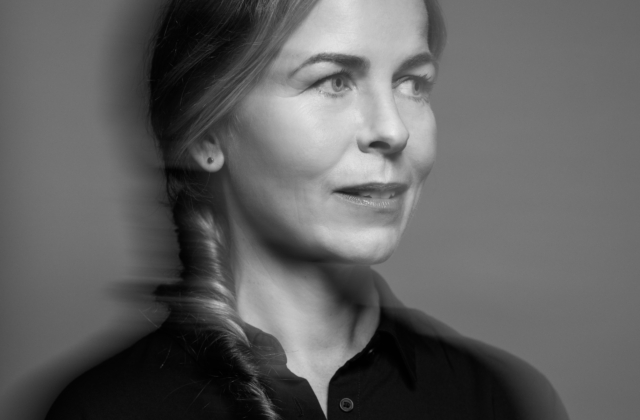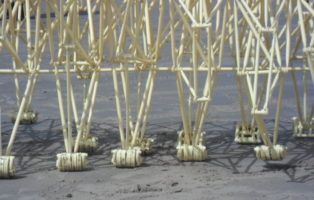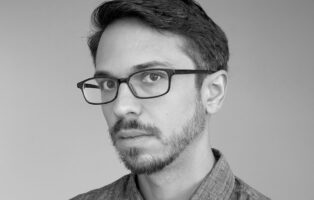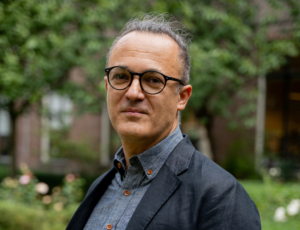
Poet Maria Barnas explores the role of cleaning and leaving traces in visual art
Do the stories of cleaners also have a place in art history?
20 June 2024Central to the research is the work of American artist Jo Baer (1929), an American artist who also lived and worked in Amsterdam from the 1980s onwards. Barnas explains: “Jo had cleaners all her life. These were mostly young female artists. Sometimes these women were allowed to help her paint.”
“I want to try to trace all these cleaners and talk to them about what they remember from their encounters with Jo. In doing so, I also want to discuss their own work and ask questions about what it is to make art, what it is to leave traces behind; but also about what it is to clean, erase and be erased yourself.”
Women in art (history)
“My own troubled relationship to painting – traditionally male-dominated – underpins this research and will have a place in my writing. Meanwhile, I am also working on an archive of images of how women portray and erase themselves online.”
Is it possible to write art history in new ways?
Under the title Dust and Paint – a biography of the artist Jo Baer (1929) seen through the eyes of her cleaners, the central question of the research is: how do cleaning and (erasing) stand in relation to the making of visual art? It also addresses: can art history be recorded through oral history? Barnas explores whether it is possible to write art history in new ways. To base writing not only on ‘facts’ but also on memories, stories and gossip. Is the artist only what he or she produces? Or does an artist’s work also consist of what impressions he or she makes?
Intersection of art and science
Barnas’ research is at the intersection of art and science, an important aspect of the artist-in-residence fellowship. Barnas would like to talk to scientists about the oral nature of her research and find ways to give a face to female artists who do not appear in (art) history.
About Maria Barnas
Maria Barnas (born 1973) is a poet and artist. She studied at the Gerrit Rietveld Academy and the Rijksakademie in Amsterdam. Her language-based work takes various forms, including poems, essays, short films and installations. In her written and visual work, she explores how descriptions and images shape and distort reality. Barnas has published novels and books of poetry and her work has won several awards.
About the Artist in Residence Fellowship
The Artist in Residence Fellowship is an initiative of the Akademie van Kunsten and the Netherlands Institute for Advanced Studies (NIAS) and is awarded annually to a project that promotes synergy between art and science. During a five-month residency period, an artist undertakes an in-depth study of the theoretical aspects of a subject.
Portret Maria Barnas, foto door Viorica Cernica.



